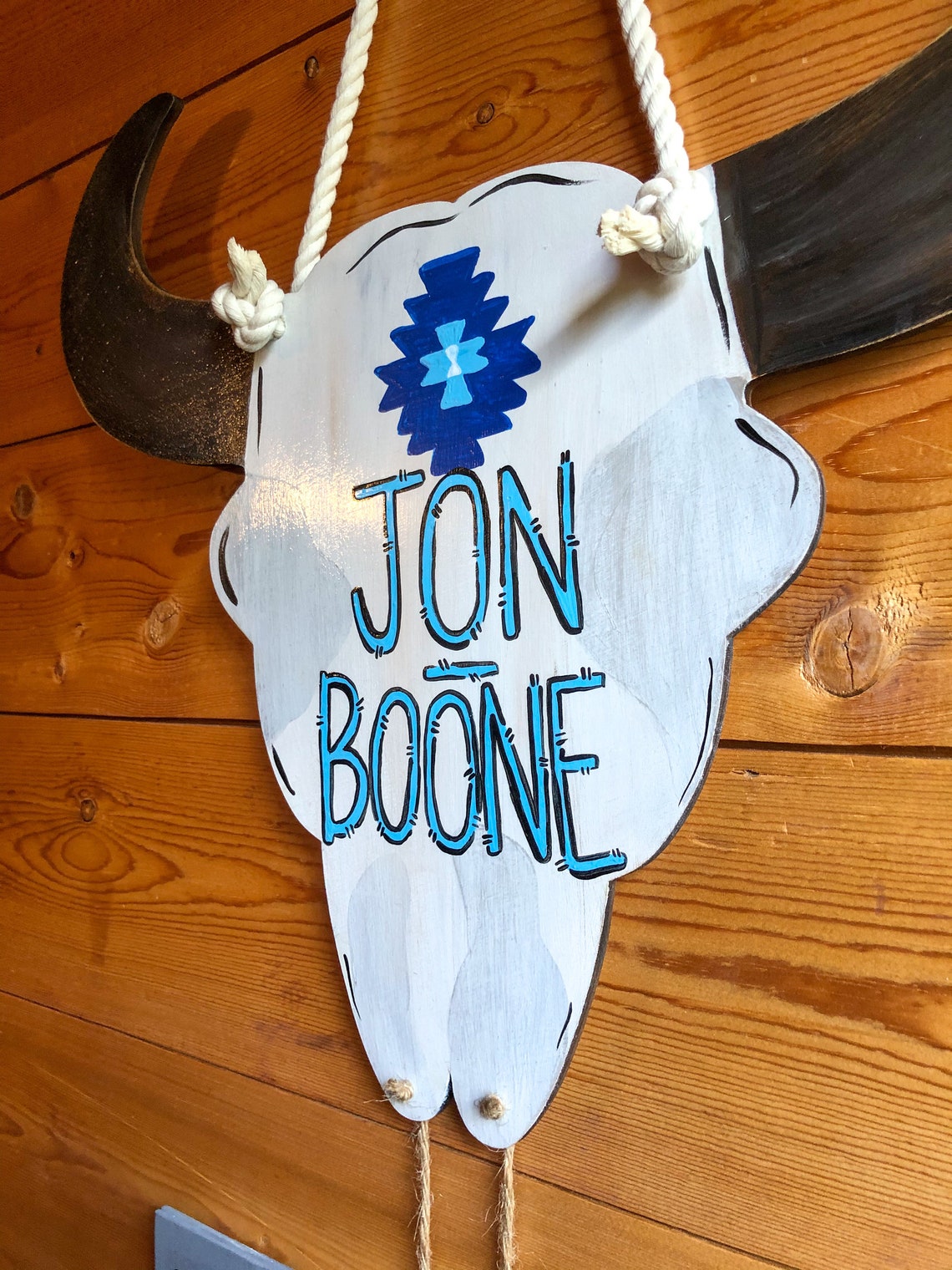

Kate Taylor, a producer who revived Zoom in 1999 and created Fetch! with Ruff Ruffman: We never took kids out of school. Maura Mullaney, from the second season: These are really talented people who had already put together quite a résumé, and here they are working with these kids. Billy then would have to capture what kids can do naturally, organize it into a dance, teach them some steps, teach them the routine. They only had the studio booked for a certain amount of time. Newt had to be able to organize the kids and teach them the songs and the harmony or whatever and get them to actually get it done within a certain amount of time. Monia Joblin, studio producer: They both had an ability to relate to the kids.

Sarson: I couldn’t have done Zoom without those two. Chris had done things with Newt Wayland, who was a composer and musician, and Billy Wilson, who is a dance choreographer and dancer, and they both became part of the regular Zoom team. Joseph Shrand, from the first season: We were just a bunch of kids hanging out together having fun, and it was really exciting.īecton: There was also a great artistic team working on Zoom at that time. It had to feel professional, but the crew also kept in mind that the kids were kids. What they were getting into was a show made largely on the fly, and centered on the actors themselves. The later casts knew that they were auditioning for Zoom and they’d seen it and heard of it, but those of us in that first group of seven really had no idea what we were getting into. We had no idea what we were auditioning for. Tracy (Tannebring) Tomson, from the first season: I was in the original cast. By not making it, that lit a fire under me so at the next audition I really tried my hardest and made it. I really felt as if I should have made it. Leon Mobley, from the second season: I was very disappointed. So, I thank Billy Wilson, who was also my ballet teacher, for me being on Zoom. After the first audition, they pared it down to 13 of us. Why don’t I bring a bunch of kids out to audition?” He brought Kenny and me and Leon and a slew of other kids. He said, “Well, listen, I work at a fine arts school.

Channel 2 had hired Billy Wilson, who was the choreographer of Zoom. Nancy (Tates) Walker, from the first season: I went to the Elma Lewis School of Fine Arts, which was an after-school art program in Roxbury.
Theme hospital zoom out series#
Read on for how it all happened, in the words of nearly two dozen people who were there.Ĭhristopher Sarson, series creator: My kids were 7 and 8 when the show started. Or, as the Zoomers themselves might put it in Ubbi Dubbi: Zuboubom fubocubusubed ubon fubun. Zoom quickly gained a critical and popular following, with The New York Times hailing it in 1972 for its “non-violent, non-hardsell, often delightful fun and games.” And unlike other programs vying for the attention of the younger audience - notably Sesame Street and The Electric Company, with their defined educational goals - Zoom focused on fun. For 155 episodes across six seasons, a rotating cast of preteen children told jokes, acted out skits, sang and danced, and rapped about their thoughts and feelings. Here, the grown-ups were behind the camera. From the first episode, which premiered on Channel 2 on January 9, 1972, Zoom differed from other shows for kids that all relied on the presence of adults. Zoom became the first television program for children and by children.


 0 kommentar(er)
0 kommentar(er)
